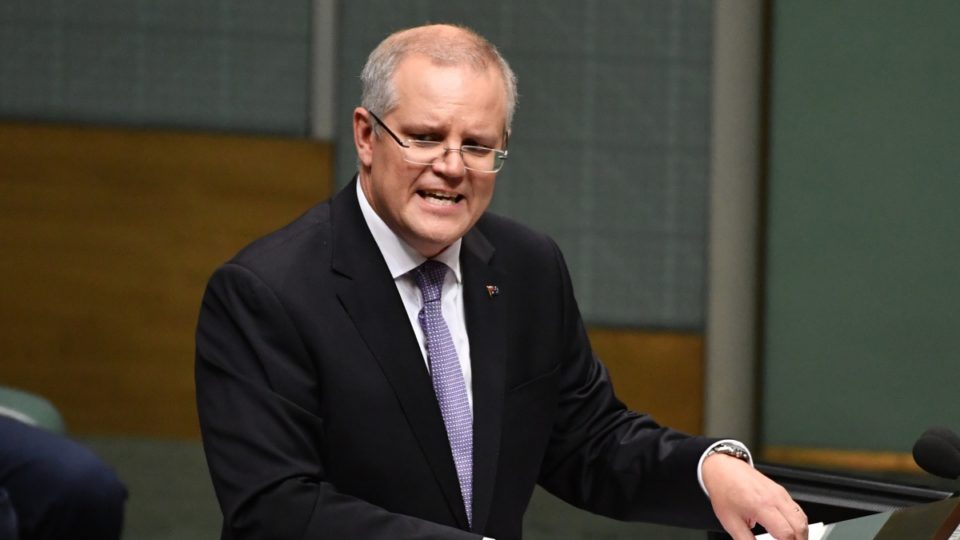Have you considered how the price of chicken, petrol and postage stamps can influence your mortgage interest rate?
They are in fact more closely connected than many people realise. That’s because these commodities — along with alcohol, clothes, education and more — help inform Australia’s Consumer Price Index, which is the biggest single contributing factor when it comes to setting mortgage rates.
The Australian Bureau of Statistics last month released data which put annual CPI inflation at 1.7 per cent. Interest rate rises become more likely when inflation exceeds three per cent, whereas when it’s below two per cent there’s a bigger chance of a fall in rates, making the latest figures good news for property owners and investors.
The Reserve Bank of Australia, which sets the official interest rate, hopes to “encourage strong and sustainable growth in the economy” by keeping inflation within a target range of two to three per cent.
The general idea behind this is that when interest rates rise, households come under increased financial pressure and spend less, forcing businesses to freeze their prices. Cutting rates means more financial freedom, resulting in price rises.
RBA governor Glenn Stevens said this month that Australia’s sustained low inflation environment has helped keep the official interest rate steady since May last year, and further cuts are a possibility in the near future.
“With growth in labour costs continuing to be quite subdued as well, and inflation restrained elsewhere in the world, consumer price inflation is likely to remain low over the next year or two,” Stevens said.
Although there are some significant shifts within Australia’s CPI index, overall it remains balanced. Some costs, such as health, education and alcohol, are up more than 5 per cent over the past year, but clothes and food prices remained almost unchanged while communication and transport costs decreased.
Inflation may be important but there are other key factors to consider.
The RBA is always trying to anticipate future changes that may influence inflation so it can stay ahead of trends. Sudden global changes may prompt it to act quickly, before inflation figures are impacted.
Interest rates also affect the Aussie dollar’s exchange rate, and while a fall in rates may annoy travellers, it keeps pretty much everyone else happy, especially exporters and tourism operators.
As a result of the introduction of tougher regulatory requirements, banks last year increased mortgage rates independently twice — once for investors only and then once for everyone — causing concern for some.
Some forecasters predict further interest rate rises in the coming months, and do not expect banks to pass on the full savings from any future RBA cuts.
Although borrowers may be frustrated to see rates rise for no apparent reason, tough competition and the ease with which customers can switch lenders mean that rates won’t continue to climb indefinitely.
For now, inflation is the best indicator of the direction of mortgage rates, so pay attention to consumer prices.











